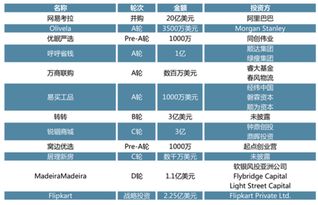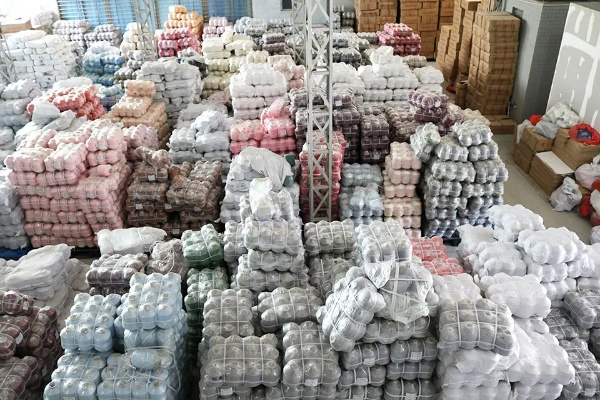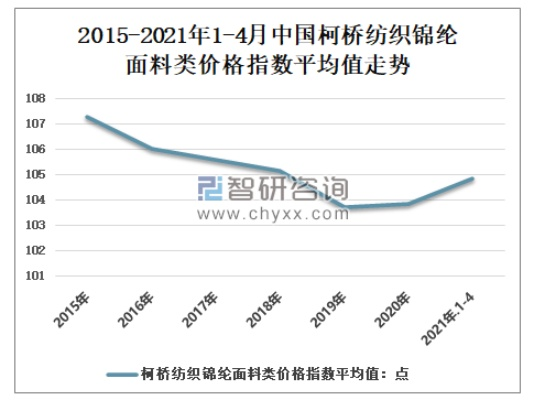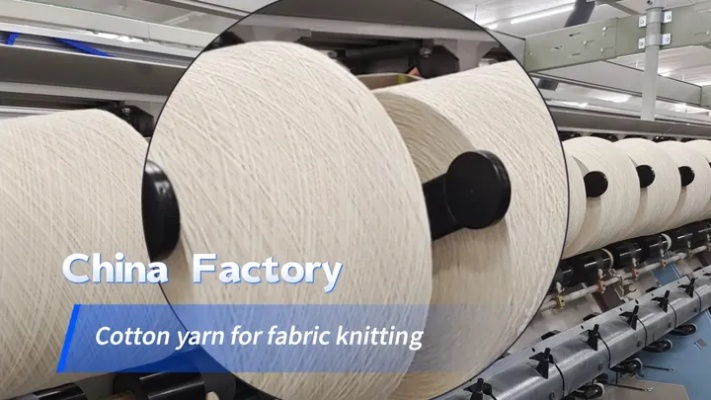The Role of Textile Testing in Wuxi,China
Introduction: Wuxi, located in the southeastern part of Jiangsu Province, is known for its textile industry, which has been flourishing over the years. The city is home to numerous factories that specialize in producing a variety of textile products, including cotton, silk, and synthetic fabrics. These textiles are used in various industries, from fashion to healthcare, making them essential components of daily life. As such, it's crucial for manufacturers to ensure the quality and safety of their products before releasing them into the market. One way to achieve this is through the implementation of rigorous textile testing procedures. In this article, we will explore the role of textile testing in Wuxi, China and provide an overview of the testing methods commonly used to assess the quality of textiles. Additionally, we will highlight some successful case studies where textile testing has played a significant role in ensuring product safety and quality.
Textile Testing Methods: Textile testing involves a variety of methods that help identify defects, evaluate fabric properties, and ensure compliance with standards and regulations. Here are some of the most common textile testing methods used in Wuxi:
-
Wet Testing: This method involves subjecting textiles to a series of treatments, including washing, bleaching, and dyeing, to evaluate their resistance to water and chemicals. It helps determine the suitability of the fabric for use in areas where water-resistant or chemically resistant clothing is required.
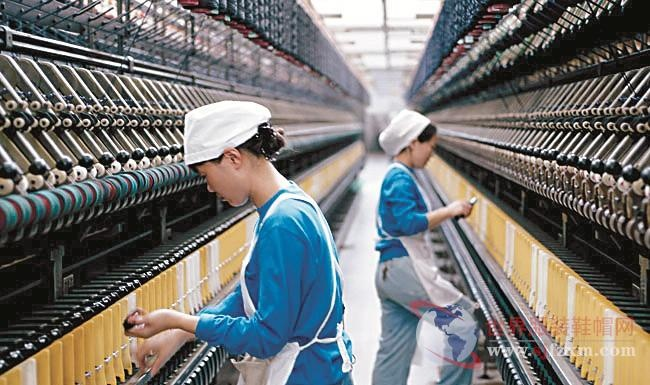
-
Tensile Testing: This method measures the strength and elasticity of textile materials by pulling them apart at a constant rate. It is used to evaluate the resilience and durability of the fabric, as well as to determine its weight and thickness.
-
Shrinkage Testing: This method measures the degree to which textiles contract or shrink when exposed to specific conditions, such as heat or pressure. It helps identify fabrics prone to shrinkage and ensures they can be used in applications where stability and fit are critical.
-
Flammability Testing: This method involves measuring the amount of fuel needed to ignite a textile sample under specified conditions. It helps determine the fire resistance of the fabric and is important for ensuring safety in hazardous environments.
-
Dye Resistance Testing: This method involves evaluating the ability of textiles to resist the penetration of dye molecules. It is used to determine whether fabrics are suitable for colorfast applications.
-
Antimicrobial Testing: This method evaluates the effectiveness of textile materials against bacterial growth. It is important for ensuring hygiene and reducing the risk of infection in medical settings.
Case Studies: To demonstrate the practical application of textile testing in Wuxi, let's take a look at two notable case studies:
Case Study 1: Quality Control of Textile Products In the textile industry, quality control is paramount. A local manufacturer in Wuxi faced a challenge when a batch of fabrics failed to meet their specifications during testing. Upon investigation, they discovered that the issue was due to improper handling and storage conditions. To address this, the manufacturer implemented a comprehensive quality control system incorporating various textile testing methods. They now regularly inspect raw materials and fabrics for defects, and conduct regular tests on finished products to ensure consistency and quality. As a result, their product line has become highly sought after in the market, with satisfied customers across multiple sectors.
Case Study 2: Environmentally Friendly Textile Production Another example of how textile testing plays a role in environmental sustainability is provided by a company based in Wuxi that produces eco-friendly textiles made from recycled materials. The company employs a combination of techniques such as wet testing, tensile testing, and flame retardant testing to evaluate the performance of their products. Their testing process not only ensures product quality but also aligns with global environmental standards. By implementing these methods, the company has successfully reduced waste generation and improved energy efficiency, contributing positively to both the environment and the industry as a whole.
Conclusion: In conclusion, textile testing is an essential aspect of the textile industry in Wuxi, China. It helps manufacturers ensure that their products meet quality and safety standards, while also promoting environmental sustainability. By implementing a comprehensive testing program, companies like the ones mentioned above have demonstrated the benefits of thorough testing in enhancing their competitive edge and meeting consumer expectations. As technology advances, it will be interesting to see how textile testing continues to evolve and adapt to new challenges, ultimately driving innovation and growth in the textile sector.
在无锡这座纺织业重镇,有一位名叫[名字]的专业纺织品检测人员,他以其严谨的工作态度和卓越的专业技能,为纺织产品的质量把关,本文将通过英文口语化的方式,为您讲述这位检测人员的日常工作和生活。
背景介绍
无锡作为中国重要的纺织产业基地,其纺织品检测工作至关重要,在无锡的纺织品检测领域,有一位名叫[名字]的专业人士,他以其敏锐的洞察力、严谨的工作态度和丰富的实践经验,赢得了广大客户的信任和好评。
个人工作经历
日常工作流程
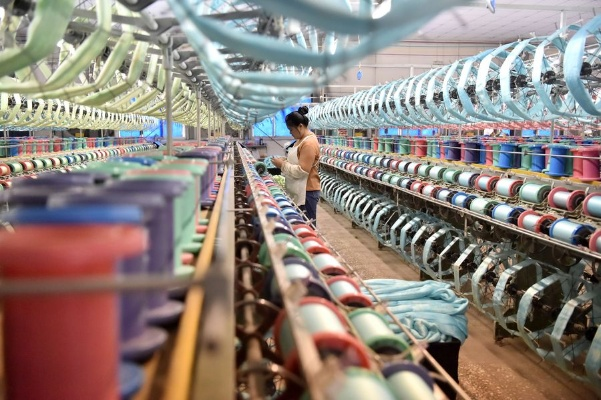
在日常工作中,[名字]主要负责纺织品的质量检测,他每天早上到达检测现场,首先进行现场勘查,了解检测标准和流程,然后进行样品采集、样品检测、数据记录和分析等工作,在检测过程中,[名字]始终保持高度的责任心和严谨的工作态度,确保每一件检测样品都符合质量标准。
在数据记录和分析方面,[名字]采用先进的检测设备和软件,对检测数据进行深入分析,为企业的生产和质量控制提供科学依据,[名字]还积极参与行业交流和培训活动,不断提高自己的专业水平和技能。
案例说明
以某次纺织品检测为例,该次检测的对象是一家知名品牌的纺织品,在检测过程中,[名字]发现该品牌的一批纺织品存在一些质量问题,如纤维含量不达标、染色不均匀等,针对这些问题,[名字]立即与相关部门联系,协助企业进行问题排查和整改,经过一系列的努力,该批次纺织品的问题得到了有效解决,企业也得到了客户的认可和好评。
个人特点与优势
个人特点
[名字]在工作中表现出高度的责任心和严谨的工作态度,他始终坚持以事实为依据,以质量为准则的原则进行工作,[名字]还具备丰富的实践经验和对纺织行业的深入了解,能够为企业提供科学有效的解决方案。
个人优势
(1)专业知识扎实:作为一位纺织品检测人员,[名字]具备扎实的纺织专业知识和技能,能够熟练掌握各种检测设备和软件,确保检测结果的准确性和可靠性。
(2)敏锐的洞察力:[名字]具备敏锐的洞察力,能够及时发现并解决纺织品质量问题,为企业和客户带来良好的经济效益和社会效益。
个人感悟与展望
作为一名纺织品检测人员,[名字]在工作中不仅注重工作质量和工作效率,还注重个人成长和职业发展,他希望通过自己的努力和不断学习,为企业和行业做出更大的贡献,[名字]也希望自己在未来的工作中能够继续保持严谨的工作态度和专业的技能水平,为企业和行业提供更加科学有效的解决方案。
在无锡的纺织业中,[名字]以其专业知识和技能为纺织产品的质量把关,为企业的生产和质量控制提供了科学依据,作为一名纺织品检测人员,[名字]不仅具备扎实的专业知识、敏锐的洞察力和严谨的工作态度,还具备丰富的实践经验和对纺织行业的深入了解,相信在未来的工作中,[名字]将继续发挥自己的专业优势和特长,为企业和行业做出更大的贡献。
Articles related to the knowledge points of this article:
The Constraints of Phosphorus in Textile Products:A Global Perspective
The Story of Dazhou Sister Textile and Fabric Wholesale Shop
Tu Yundang Textiles:A Reflection on the Journey of Quality and Innovation
